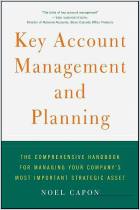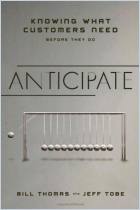
Key Account Management
A Complete Action Kit of Tools and Techniques for Achieving Profitable Key Supplier Status
Read or listen offline
Amazon KindleRecommendation
As supply chains get shorter, industries are consolidating and buyers are narrowing their lists of preferred suppliers. This means that suppliers must get closer to their customers and manage their critical accounts carefully. This thorough survey of key account management outlines all of the essentials. Author Peter Cheverton provides a good overview of analytical tools, sound advice on strategy, timely warnings and even a CD with software and planning tools. Without great loss, the manuscript could have been trimmed much tighter, but the author’s style is clear enough that the unnecessary material is not particularly burdensome. getAbstract.com highly recommends this book to anyone with an interest in key corporate sales.
Summary
About the Author
Peter Cheverton is Director of Insight Marketing & People, a key account management (KAM) consultancy and training firm. He is also the co-author of Key Account Management in Financial Services.






















Comment on this summary